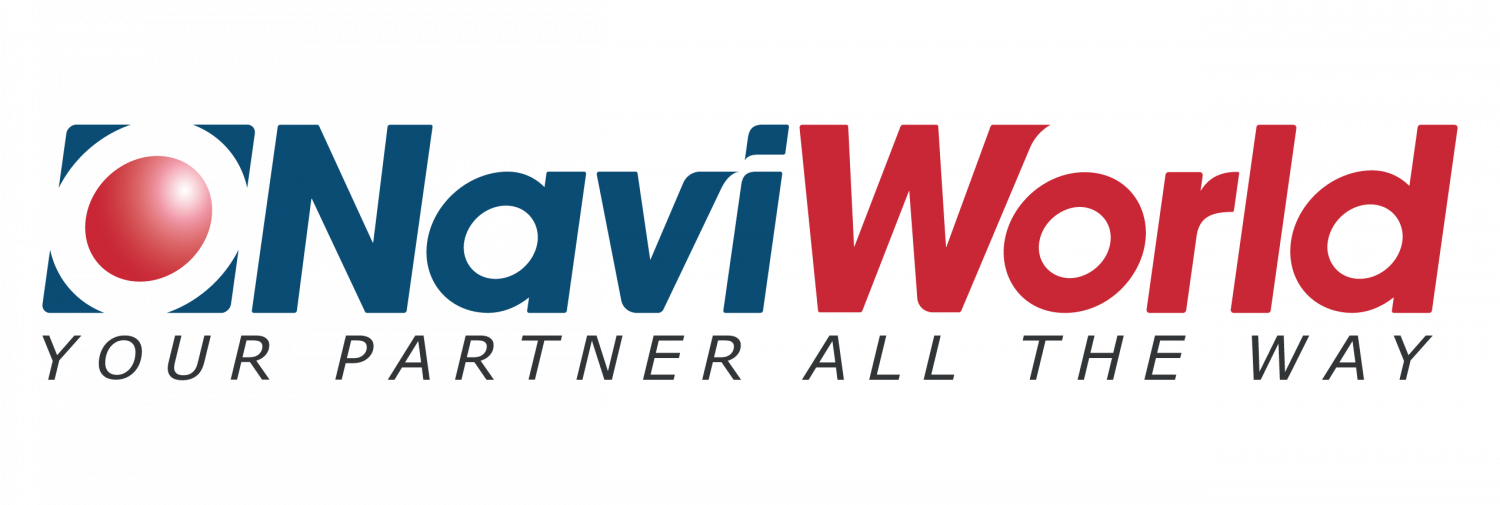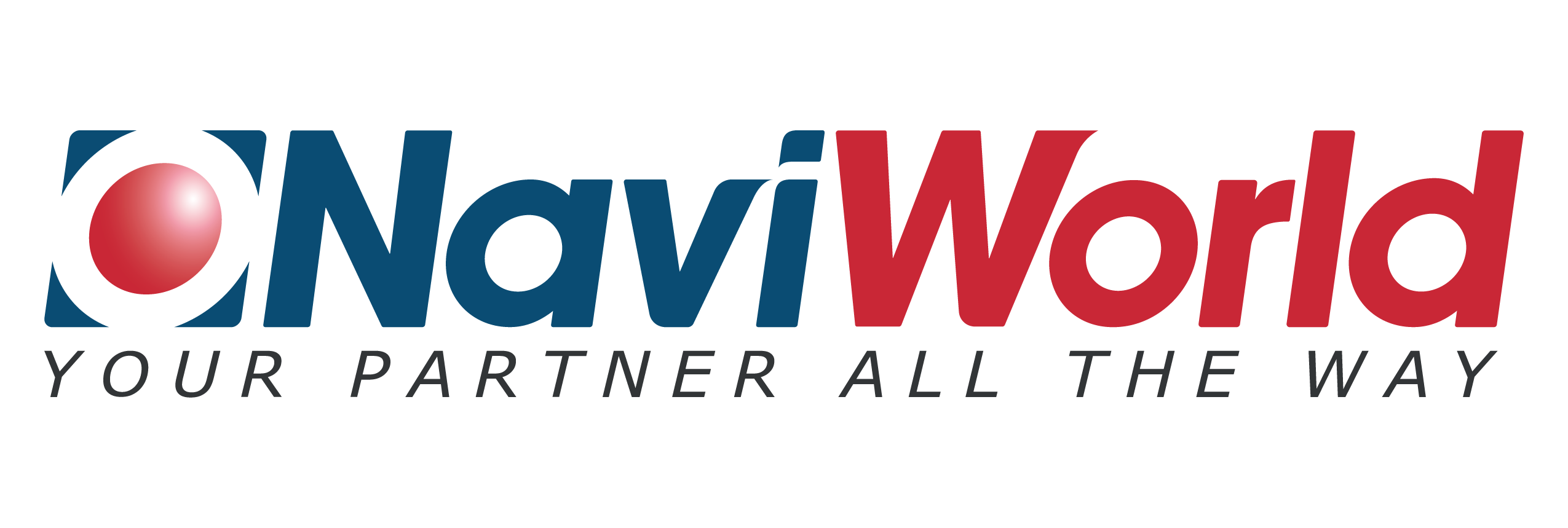Microsoft Dynamics 365 Business Central: Present and Future
Microsoft Dynamics 365 Business Central is an enterprise resource planning (ERP) system that is popular with retail businesses of different sizes. If you’ve been in the industry for a while then you’ll probably recognize it by its previous name, Dynamics NAV. The ERP solution was rebranded in 2019 to reflect Microsoft’s commitment to evolving in line with the digital transformation underway in businesses today. While the ERP still retained the same application code and key features of Dynamics NAV, Microsoft also made it available as a cloud-based solution, operating in the heart of Microsoft’s intelligent cloud.
In essence, Business Central is a complete business management solution that automates and streamlines business processes and provides all the tools needed to manage finance, supply chain, sales, project management, and more. For many retailers and hospitality businesses, this all-in-one solution is the ideal upgrade from their entry-level accounting software or legacy ERP system. It brings all the functionality they need into one single, comprehensive solution, which they can customize to support their specific business operations.
Here is an overview of what the solution allows businesses to do:
Finance
- The solution connects all data across accounting, sales, purchasing, stock, and customer transactions, helping businesses make informed decisions.
- Built-in Power BI dashboards allow users to track financial performance in real-time and identify patterns and trends with comprehensive analysis and reports.
- Sales ledger and accounts payable functionality helps to speed up financial close and reporting.
- Comprehensive data modeling and analysis improves forecasting
Supply chain
- Businesses gain a complete view of their stock to ensure timely order fulfillment.
- Built-in intelligence helps retailers predict the optimal time to replenish stock and anticipate stock-outs before they happen. Using sales forecasts, they can automatically generate production plans and create purchase orders.
- Automatically calculate stock levels, lead times, and reorder points to maintain the right amount of stock in each location. The system suggests suitable replacements and alternatives when requested items are out of stock.
Sales
- Track all customer interactions and identify the best upsell, cross-sell, and renewal opportunities throughout the sales cycle.
- Handle all sales-related inquiries, manage service requests, and process payments from within Outlook.
- Gain a complete overview of your service tasks, workloads, and employee skills to ensure effective resource allocation.
Project management
- Timesheets along with advanced job costing and reporting capabilities help to create, manage, and track customer projects that stay within set budgets.
- Plan capacity and sales to effectively manage resource levels, especially during busy seasonal periods.
- Track invoices against planned costs on orders and quotes.
- Gain real-time insights on project status, profitability, and resource-usage
Data management
- Centralized company-wide data ensures that all reports, analytics, and insights are accurate and timely.
- You can set up parameters that grant and restrict access to customers’ personal data to ensure security and compliance with data protection regulations, including GDPR.
- Securely transmit data across your internal systems and protect it from unauthorized access with automatic Microsoft datacenter encryption.
Because all of this functionality is native and part of a single system, staff have access to the information they need when they need it, without having to switch between systems. For example, say that a sales rep in your team is preparing a new wholesale quote. As they set it up, they can check inventory levels before creating the sales order to ensure that everything is in stock. The client reviews the quote and decides to up the quantity of a particular item. When the sales rep makes the change to the quote, the new quantity is automatically reflected in the inventory figures: this avoids an out-of-stock scenario and ensures accurate forecasting reports. Dynamics Business Central handles the entire process from quote to final transaction, ensuring accurate data and optimal productivity throughout.
A Cloud-First solution
Dynamics Business Central is available on-premises, in the cloud, and in hybrid cloud deployments depending on which set up suits your business best. Unlike with a traditional ERP implementation process, which can be time-consuming, complex, and costly, Business Central is designed to be quick to set up and cost-effective.
Businesses that opt for a cloud deployment have the advantage of requiring less hardware, such as servers, and have no need to worry not only about purchases but also about ongoing maintenance. Once the ERP solution is running, it’s managed and kept secure and up to date by the provider. And users can access it from any device, including mobile devices.
Business Central does not have a minimum user limit, so you can start as small as you need. You simply pay for the number of users and modules you require and can scale up or down as your business needs change.
Being cloud-based also means that Business Central won’t become outdated. Updates are applied automatically as Microsoft rolls out new versions and capabilities, keeping costs under control and ensuring your staff always have access to the most up-to-date tools and functionality.
Integrated with Office 365
Dynamics 365 Business Central is fully integrated with Microsoft’s powerful productivity tools including Office 365 and the Power Apps platform.
Dynamics Business Central works with them straight out of the box, no separate integration required. This means that users can access their business data (think sales, customers, vendors, items) from within Office, Power BI, and Outlook. That’s not all. Within the Office suite, for example in Outlook, users can perform Business Central functions such as raising a quote or purchase order, viewing customer balances, and sending statements.
As Microsoft continues to focus its attention and investments in intelligent tools in the cloud, focusing on both AI and ML, businesses will increasingly benefit from access to services such as PowerApps, Flow, and Power BI to boost their forecasting ability, improve productivity and gain deeper business insights.
Full functionality with LS Central
While Dynamics Business Central comes with standard finance, supply chain, sales, and project management functionality out of the box, retail businesses can really take full advantage of its functionality when they extend it with an industry-specific solution like LS Central.
Built on Dynamics 365 Business Central and powered by Microsoft’s Azure cloud, LS Central delivers the deep industry functionality that retailers and hospitality providers require now and tomorrow to manage their business successfully. LS Central is a unified commerce platform that has been developed from the ground up to handle every aspect of a retail and hospitality business, from the front of the house, to back office, to product replenishment to staff management.
Like Microsoft, LS Retail is constantly improving and updating the solution so it can grow with your business needs, and move with your customers’ demands. Follow our blog to stay up to date with the latest releases, and get in touch if you’d like to get specific answers, personalized advice, or a demo of the solution.
The above article was written by LS Retail on 7 May 2020. The original copy can be access here.







